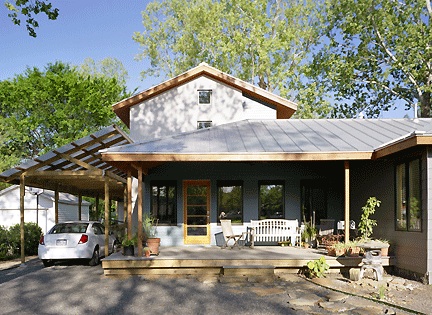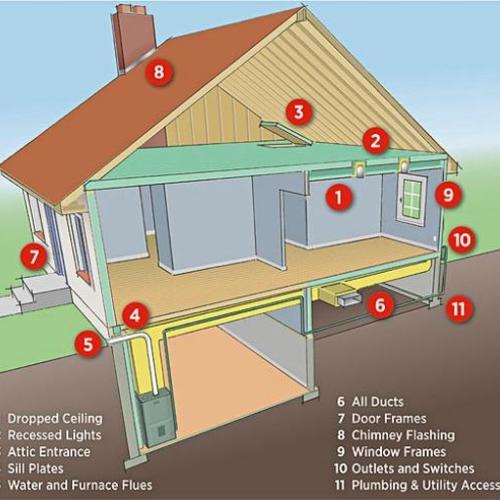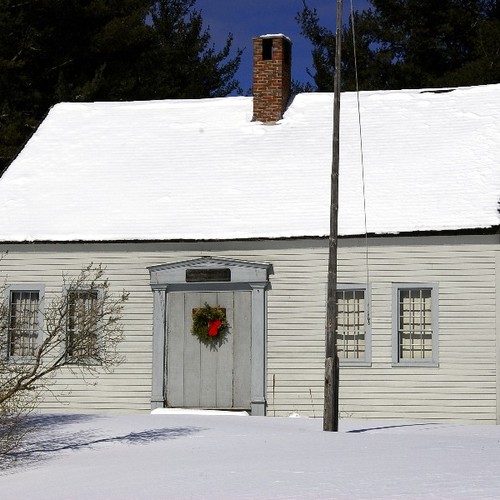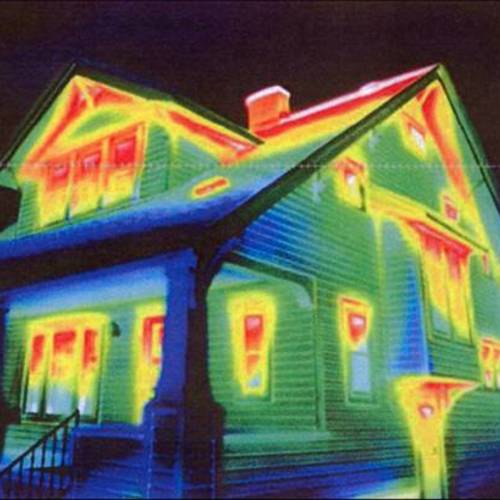
Image Credit: Smith L. Holt
Probably no one thought it would be smooth sailing once Austin’s new energy ordinance took effect, on June 1. And for some home sellers it apparently isn’t.
As GBA noted in a post last month, sellers of homes 10 or more years old must pay auditors certified by the Building Performance Institute to check their homes for energy efficiency defects. The sellers aren’t required to fix the defects, just disclose the audit report to prospective buyers. The local utility, Austin Energy, also gets a copy of the report from the auditor.
The audits cost from $200 to $300, although that doesn’t seem to be the major concern. The bigger issue for some sellers and real estate professionals, as noted in a recent Wall Street Journal story, is that the audit reports might drive down sale prices in an already depressed market.
“If a buyer wants $20,000 knocked off the price for energy upgrades, would I do it? In this market, I might have to,” Angela Whitaker-Williams, a designer for an architecture firm, told the paper as she prepared to list her 2,400-sq.-ft. home for $319,000. Her audit recommended fixes that could cost $1,800 (before rebates), although they’re of the type that would be expected for a 47-year-old house like Whitaker-Williams’: double the amount of attic insulation, recaulk around plumbing pipes and fixtures, and reseal the duct system to reduce a 19% air leakage.
Ducts that whistle
Air leakage, in fact, is the main thread connecting most of the audits done so far. According to an Austin Energy report released last week, of 310 homes audited, 86% of those with ducts have ductwork that leaks more than the 10% rate considered acceptable for energy efficiency. The average leakage rate was 22%. The utility extrapolated on that information to illustrate what the leaks mean in terms of extra electricity costs to the consumer ($260 annually, on average), electrical power wasted (enough to power 67 average-size homes for a year), and extra carbon dioxide emitted (1 million pounds).
The audit program is in line with an Austin City Council resolution, endorsed by Mayor Will Wynn, to reduce the town’s carbon footprint by encouraging enough homeowners to hew closer to green behavior – enough so that at least 25% of homes they sell between June 2009 and June 2010 will have received energy efficiency upgrades. Another residential program, Austin Energy Green Building, develops energy code proposals and coaxes homeowners, builders, and remodelers toward energy efficiency through a combination of ratings services, resources (including a case-study library), contact information, and rebates and loans. Homes that have had made certain improvements under Austin Energy programs within the past 10 years are exempt from the audit requirement.
Bay Area battlegrounds
The effectiveness Austin’s energy audit regulation is being watched closely by other municipalities looking for ways to reduce energy consumption. But it is not an anomaly. San Francisco and Berkeley have had similar programs in place for a while, although Berkeley is considering more-drastic steps to increase the operating efficiencies of both new and existing residential and commercial buildings.
Berkeley’s Climate Action Plan, which was adopted by the Berkeley City Council on June 2 (click here for a PDF of the plan summary), is based on a 2006 voter-approved ballot initiative, Measure G, requiring the city to implement strategies that will reduce the city’s carbon emissions by 80% by 2050. Among the plan’s provisions is a requirement that new construction be net zero energy by 2020, and that all existing buildings, through a combination of structural improvements and renewable-energy installations, meet the net zero standard by the 2050 deadline.
The city is still figuring out ways to help property owners pay for improvements, which, as those familiar with Berkeley’s charming but often drafty housing stock can confirm, could get pretty expensive.
Weekly Newsletter
Get building science and energy efficiency advice, plus special offers, in your inbox.















3 Comments
Spend $1800 or deduct $20,000 from selling price???....
....... seems like a no brainer to me. Spend the money for the energy upgrade and don't drop the selling price by 20K, and if there are rebates, all the better!
More Problematic in Depressed Housing
I imagine the difficulties faced in Austin are heightened in neighborhoods where the houses are small, more than 50 years old and have fallen into such disrepair that an audit may indicate improvement costs that could easily approach the appraisal value of the house just to get the house weatherized properly. What happens then? From what I can tell, the new requirements in Austin are a good approach, and historically, Austin's green building program is certainly not hesitant to take some bold steps, but there seems to be an additional component needed where housing stock improvements are the most dire and the most necessary.
ECAD
Point of the audit is to inspire low cost energy upgrades, e.g. insulation, duct sealing, solar shading. The primary points of review are low priced upgrades and wouldn't come out to more than probably $3k max on a 1500 sq ft house. Austin wants to reduce demand for electricity from the municpally owned electric utility.
Learn more about home energy efficiency by clicking "Get Informed" at http://www.austinauditors.com or click the "Ordinance" tab to learn about the ECAD ordinance.
Log in or create an account to post a comment.
Sign up Log in